Courtney Barnett on Vulnerability, Home and Songwriting
This interview originally appeared as the cover story of She Shreds Issue #15, which was released in July 2018.
On Courtney Barnett’s debut album, Sometimes I Sit and Think and Sometimes I Just Sit, the Melbourne songwriter explored her insecurities, but punctuated that exploration with a defensive humour and lightness. On “Pedestrian At Best” she jubilantly sings, “Put me on a pedestal and I’ll only disappoint you,” as if this lack of confidence is something to quickly pass off. The album was released to critical acclaim and garnered a Grammy nomination for Best New Artist, four Arias, and appearances on Saturday Night Live and The Tonight Show. Despite all the attention, Barnett hasn’t left behind the witty, anxious outlook that audiences were initially drawn to.
On her latest release, Tell Me How You Really Feel, Barnett reveals a more realistic view of life’s negative aspects. She dives more deeply into the insecurities and anxieties that were mostly surface level on her first album, providing a space for listeners to ruminate with the songwriter on the sources of these internal tensions without discounting them. Instrumentally, Barnett’s already energetic guitar playing has only strengthened, and her sound has become more experimental, including the use of a kettle’s slowly growing shriek as it boils on “Hopefulessness” and more playful guitar riffs.
She Shreds spoke to Barnett about the vulnerability of this album’s total honesty, her duality as a lefty guitarist, and creating visually alongside music making.
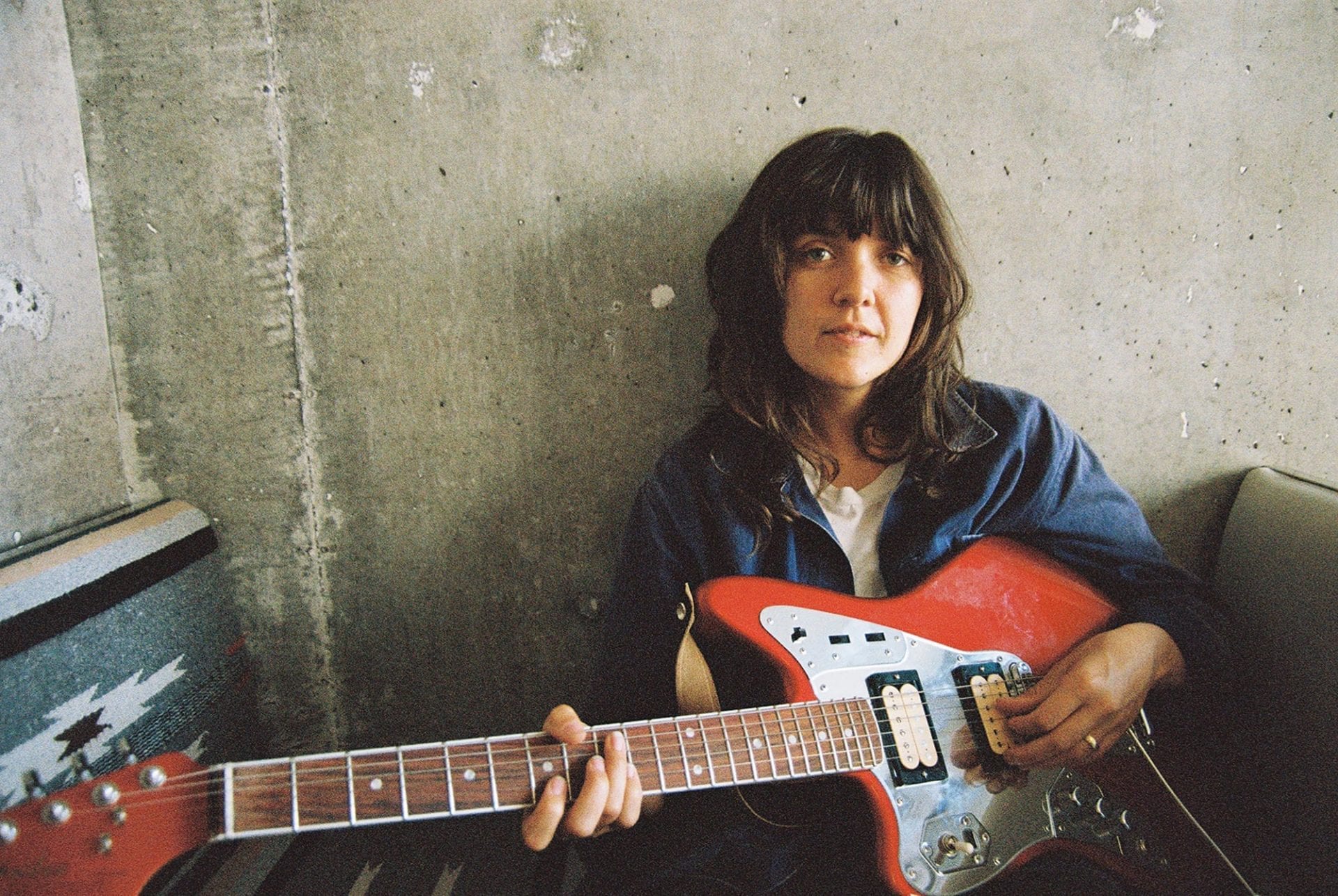
She Shreds: When did you start playing the guitar and writing lyrics?
COURTNEY BARNETT: I think when I was about 10.
Were they always intertwined for you?
Yeah, I think so. I started playing guitar, and I was writing poetry, and I put the two together pretty soon after. It took me a while to sing and play the guitar at the same time, but once I crossed that hurdle I was writing songs all the time.
The credits for Tell Me How You Really Feel are almost entirely the same as for your debut album. Can you tell me a bit about your recording process and finding a group of people who you trust?
It was exactly the same people as the last album! They’re just great friends of mine. Dave [Mudie] and Bones [Sloane] have played in my band for the last couple of years. Dan Luscombe played guitar; he’s a really dear friend of mine, he’s toured with us a bunch, and I just trust him. They’re amazing musicians. I feel safe creatively, and I think that’s really important. It’s a vulnerable process. In the studio I get so paranoid showing songs to people.
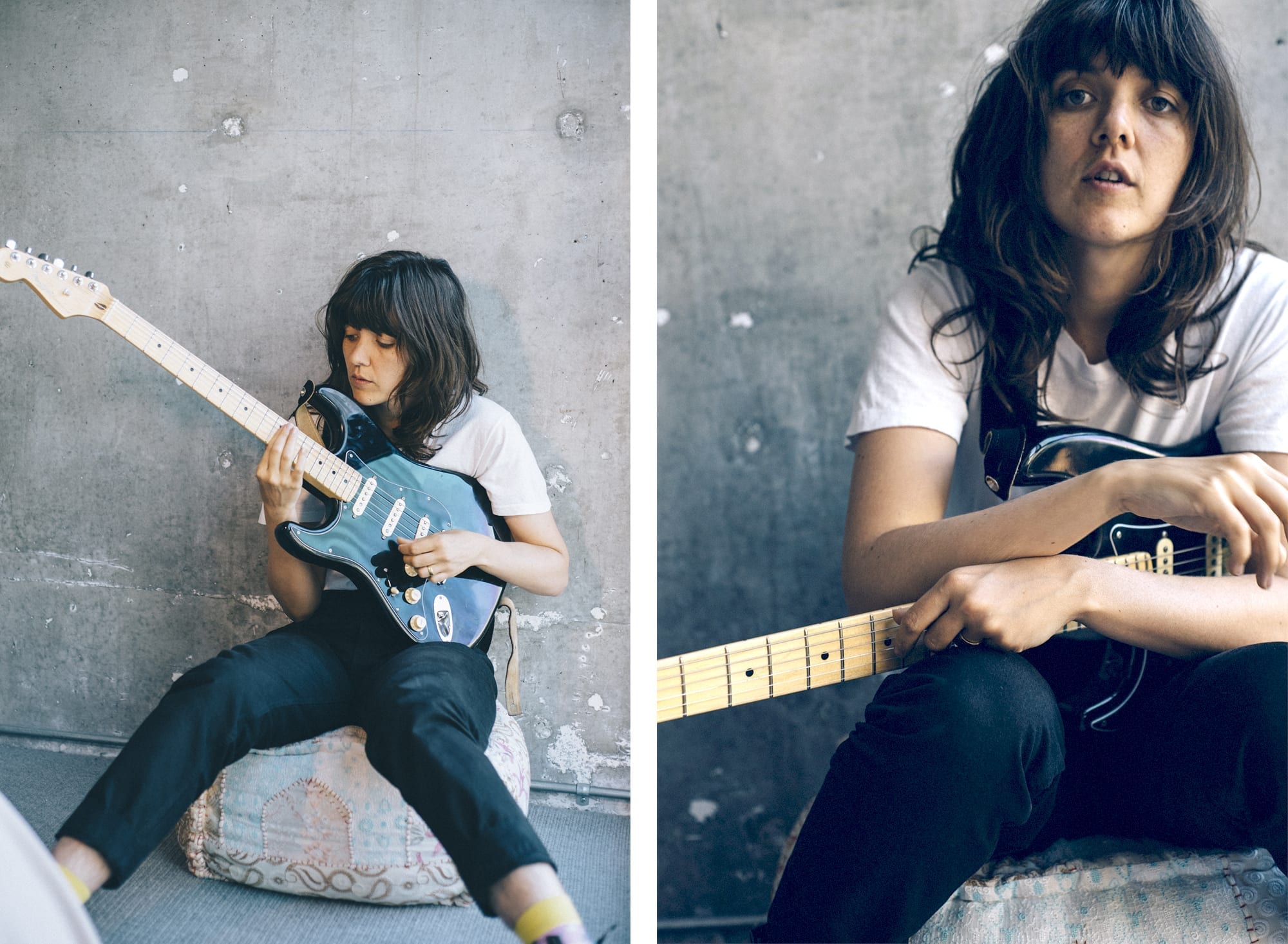
You first wrote the songs on the piano, right?
A bit of both piano and guitar, but a lot of the songs took form on piano.
Did you always know that the songs would go back to guitar, or were you thinking of keeping them on the piano?
I was thinking of keeping them, but I wasn’t really attached to either. I think it was a good exploration of the ideas. I’m not a talented piano player at all, so it’s one thing fucking around writing songs, and [another thing] trying to record. I feel so much more confident on the guitar; it just feels so much more natural.
You seem to have a really particular way of playing, and I know that you prefer to not use a pick, even on electric guitar. How did you find out what works for you?
When I started playing solo shows, when I was 18 or so, I would perform acoustic and I probably used a pick for a while. At some point I stopped because I didn’t like the sound on the strings. Because I was solo, I think I developed this rhythmic, almost doubling as percussive, kind of sound. Or it was in my mind, just making a bigger sound. I guess I got used to it, and then I started playing electric. I also don’t like the idea of having to rely on a pick, and losing them all the time [laughs]. It’s stressful.
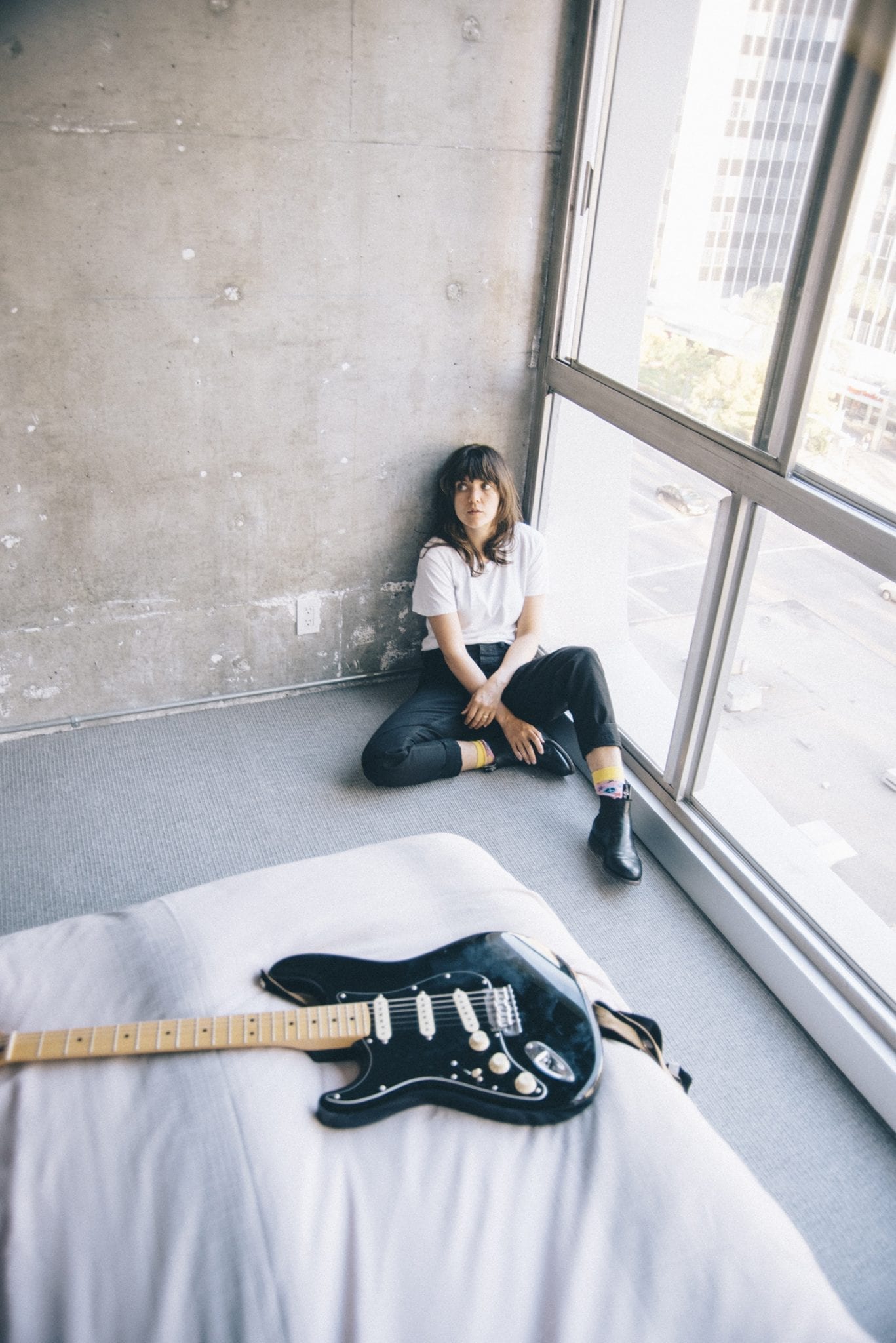
I hear a lot of growth on this album instrumentally. Could you talk to me a bit about your process and experimentation with instruments on this album?
I think it was just [natural], I didn’t think about it too much. I was trying different things to see where it led, and looking for different sounds—strange, left-field sounds just to thicken it out and make it interesting in headphones.
Do you write all of the parts yourself, or does the band work on them, too?
They definitely create incredible parts and ideas. With a lot of these songs it looks different because I was mucking around on so many instruments during the making of [the record]. With “I’m Not Your Mother, I’m Not Your Bitch,” I came up with the bass line, which is the main riff, and built the whole song around that. “Help Your Self” originated as a drumbeat that I did, and I built the whole song around that. For some of the songs, the parts were there and then I showed them to the guys, but there’s other songs where it would start as guitar, or melody. It’s kind of always a little bit different, for sure.
I know that you went to school for visual art. Did you ever do any formal music training?
My last music teacher in high school told me that I was going to fail, and that it would be better if I dropped out of music for my overall marks [laughs]. So I wasn’t interested in pursuing music studies. I think my brain just wasn’t, and isn’t, theoretical. That kind of math, science, and theory part of my brain doesn’t really exist. I really struggled with music theory even though I wanted to understand it and be better at it.
One of the most striking things to me when I first saw the album announcement was the cover, since your previous releases feature your own drawings. What made you want to move on from that?
I drew so much when I’d been writing in the past, but at some point maybe I lost confidence, or was lazy [and stopped]. It really was in tandem with my writing in the past, and [when writing this record] I was taking heaps of photos while traveling, and around home and stuff. When I was writing I started this self-portrait series everyday, so when it came time to doing the album art I looked around at what I had and I found those photos. That one really stood out to me. It seemed to work with the title. It’s as simple as that.
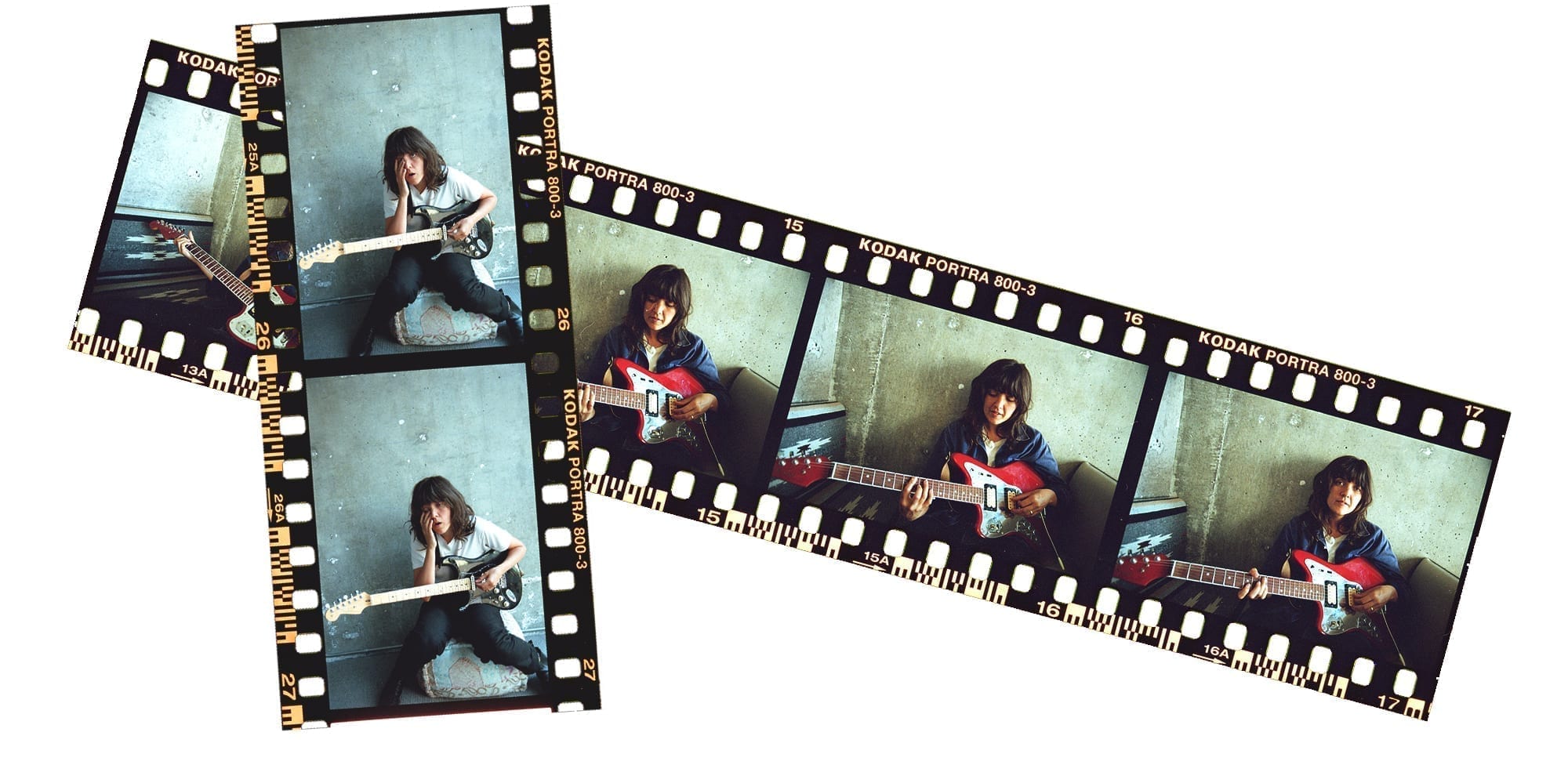
A lot of musicians let music video directors completely take the reigns, but you’re visually inclined and you did the video for “City Looks Pretty.” I’m wondering if you work more closely on your visual side, even if you’re not the director specifically?
I find it to be such a fun part of the process. I’ve been really lucky to work with quite a varied amount of video people, and even illustrators. I think it adds so much to the music and the story of the whole song. It brings out this whole other side because it’s not literal, but it just makes you reconsider parts or lines of the song. I think when you care about the videos [they’re great,] but if you’re doing it for the sake of it, it’s pointless. I’ve been lucky to work with people who care about what they’re doing, and what I’m doing, and it creates something worthwhile and not just something for the TV.
The idea of home seems to come up a lot in your work, whether it be literal, like in “City Looks Pretty,” or in details, like your last album title coming from a poster in your grandmother’s bathroom. Do you find that your relationship to home has changed much since spending so much time on tour?
It makes you grateful in a way. I remember always wanting to be away, like when I was young I always wanted to move out, and your family always seems like such a drag. As time goes on, I feel like anyone probably goes through the same thing, and you get older and people start to die, or move away, or whatever. It’s like a constant evolution. I’m mostly focused on wherever I happen to be at any given time, and the idea of “home” obviously is important, but I try to be where I am.
What gear do you use for live shows?
I used to play on a Tele a lot, but I’ve started playing mostly a Jag. Then a handful of pedals, like a delay, and a couple of overdrive types, like an OCD and a Blues Driver. And I just got one of those micro amps, a booster. I got a Fuzz Factory as well, which is really fun. Then I go through two amps, and that’s it.
How does being a lefty guitarist come into play?
If my guitars go missing from the airport it’s a bit more stressful, just thinking that I can’t borrow someone else’s. Other than that, I’ve never felt too fussy about guitars, and I think it’s because I’ve had to take what I could get. There wasn’t much option. I’m a bit flexible because I had to play on so many right-handed guitars growing up, and really all the time if I didn’t have my guitar. It’s kind of fun to have that flexibility, and makes it all a bit more wonky sounding, which I like.
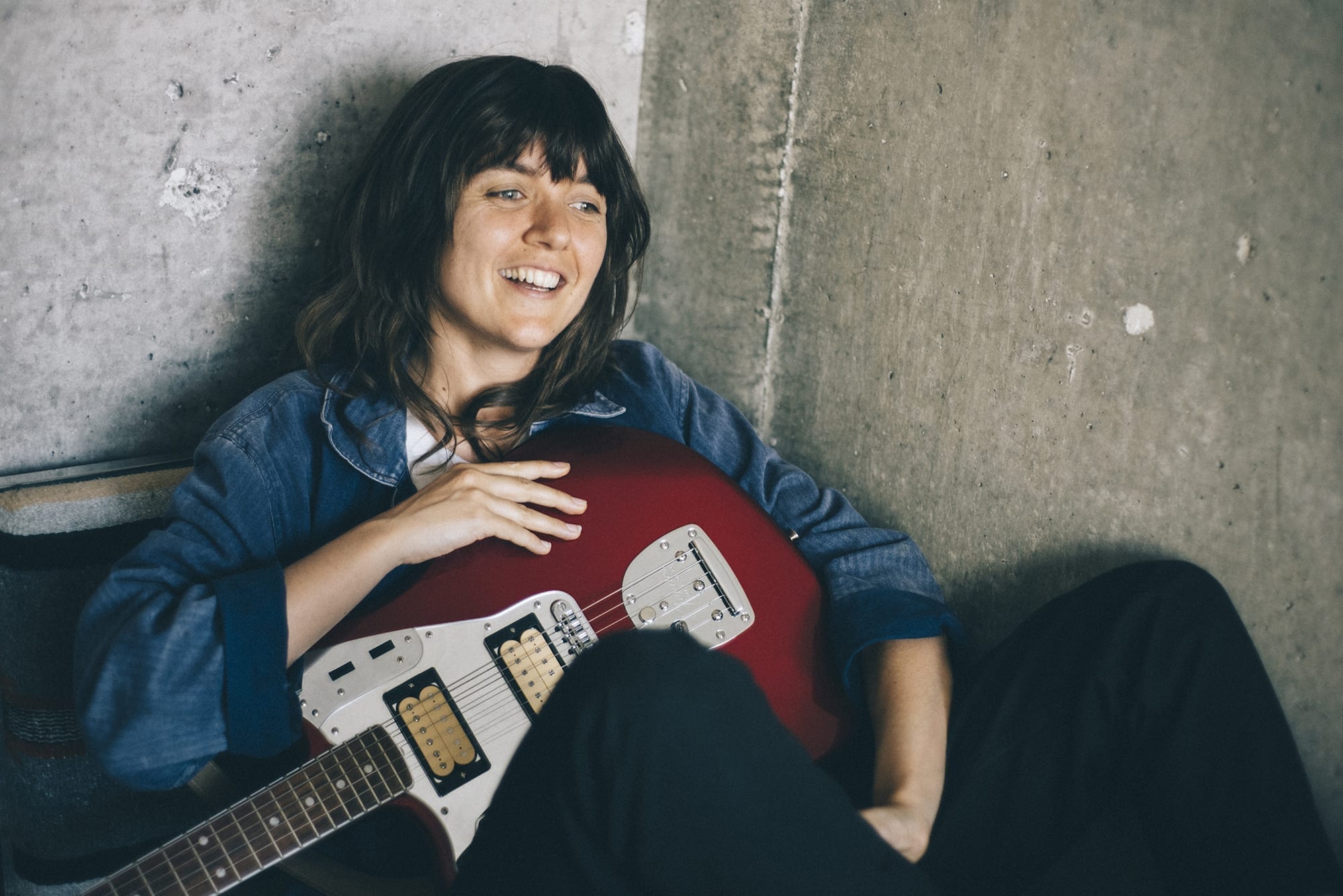
Back to songwriting, I wanted to ask you about your process with it. I know some people are pretty regimented, but do you collect things as you go?
I collect over time. A lot of that stuff doesn’t end up going anywhere, but I think it will. It still adds up. For this album, I really sat down and wrote stuff that wasn’t drawing on old ideas, or an old sound, but it blends together so much. I think all of those observations along the way help build in the back of your mind.
I read in Under The Radar that writing this album felt like writing a self-help book. Did you feel like you had that clear of an idea when you set out to write the album?
No, I didn’t. I just kept writing and hoping that some idea would appear. It took a while, and it still never feels like there is something, but I guess all those collections, insecurities, and vulnerabilities, and all those thoughts—those are the through notes. It’s the everyday thought patterns.
On Sometimes I Sit and Think and Sea of Split Peas, there’s a lot of direct storytelling, like on tracks “Avant Gardener” or “Elevator Operator.” But with this album there’s a lot less of that. Were you trying to move away from storytelling?
I don’t think it was a conscious idea. I didn’t realize it until people started doing interviews and mentioning it. I think I was just following my gut instinct.
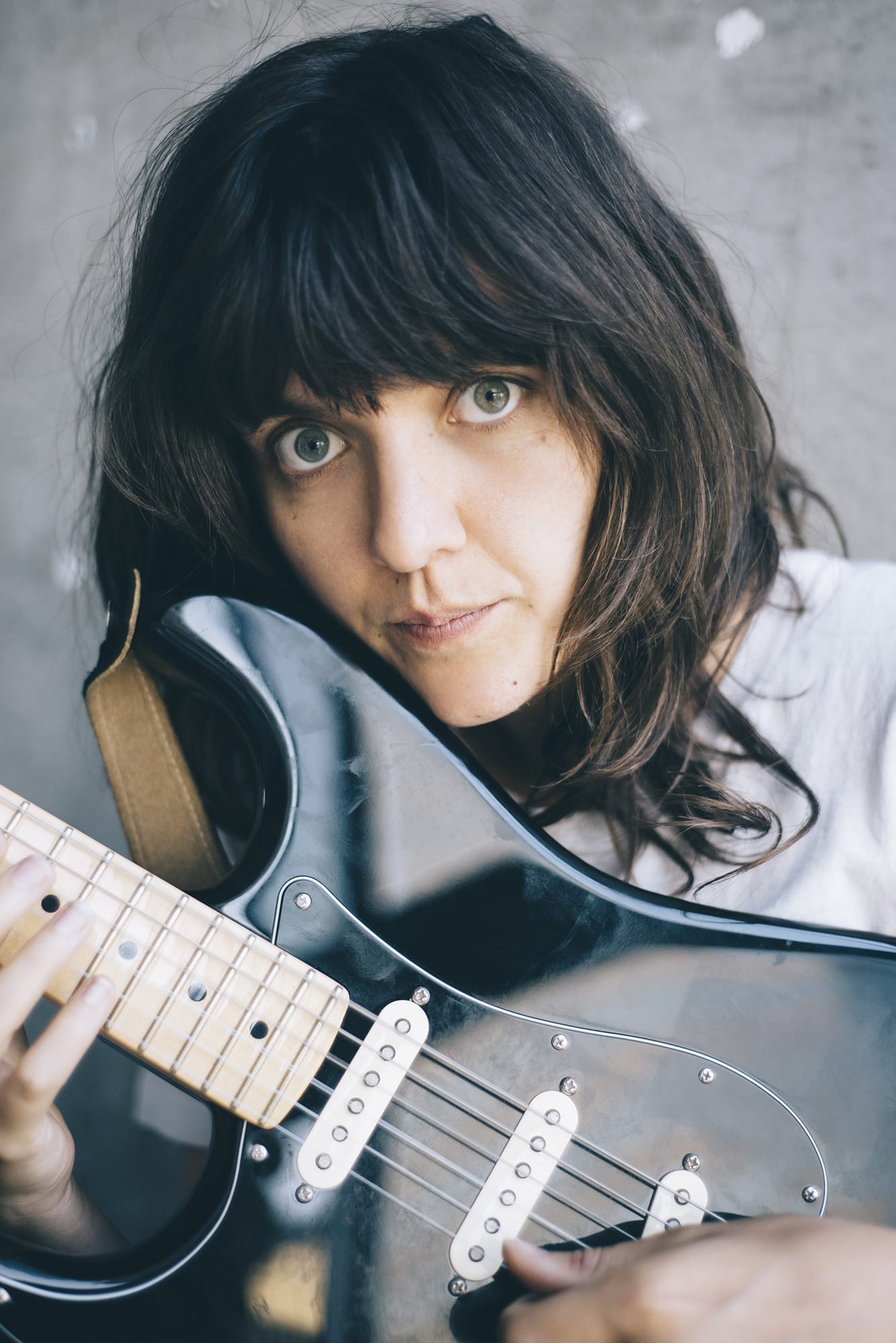
This album is so vulnerable. Were you nervous about that when writing the songs, and also when releasing them?
I always feel pretty nervous about everything. You can’t hide behind anything when you’re being more earnest; you can’t be like, “Oh, well, I was joking.” It makes you fully present, and fully accountable for those emotions. It’s a good thing. That fear—it’s there, but it’s based on nothing.
A lot of the songs had been years in the making. Do you think that tampers the fear at all, knowing that you’ve really tinkered with them?
No [laughs]. I think it just makes it a longer process. Once you can deal with the fact that the fear is unrealistic, and in the grand scheme is nothing to even be worried about, it just doesn’t matter, and no one cares anyway [laughs]. It makes it less of a big drama.
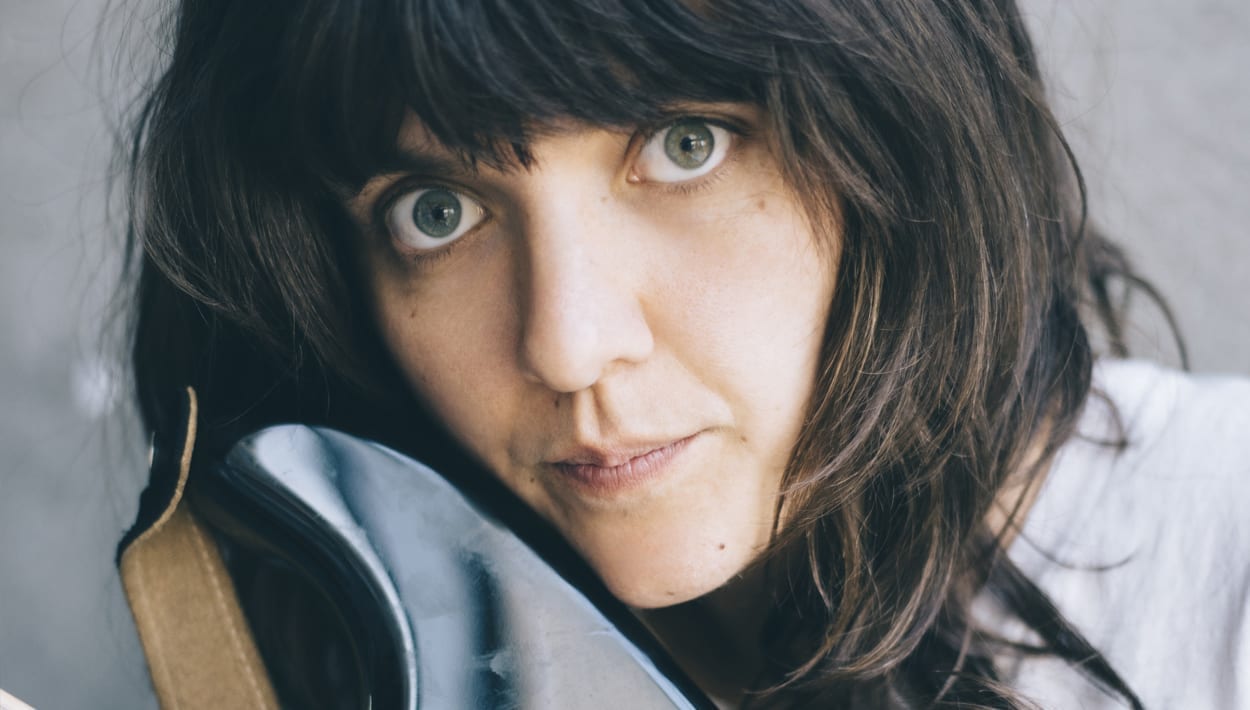

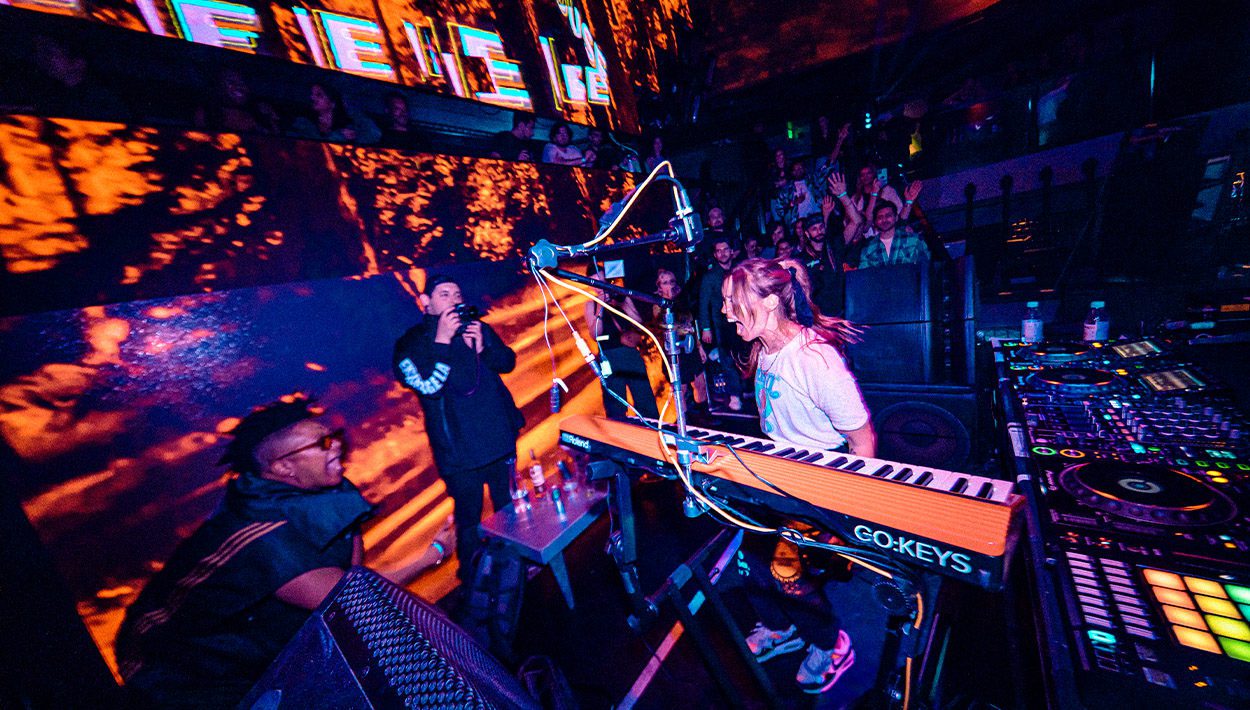
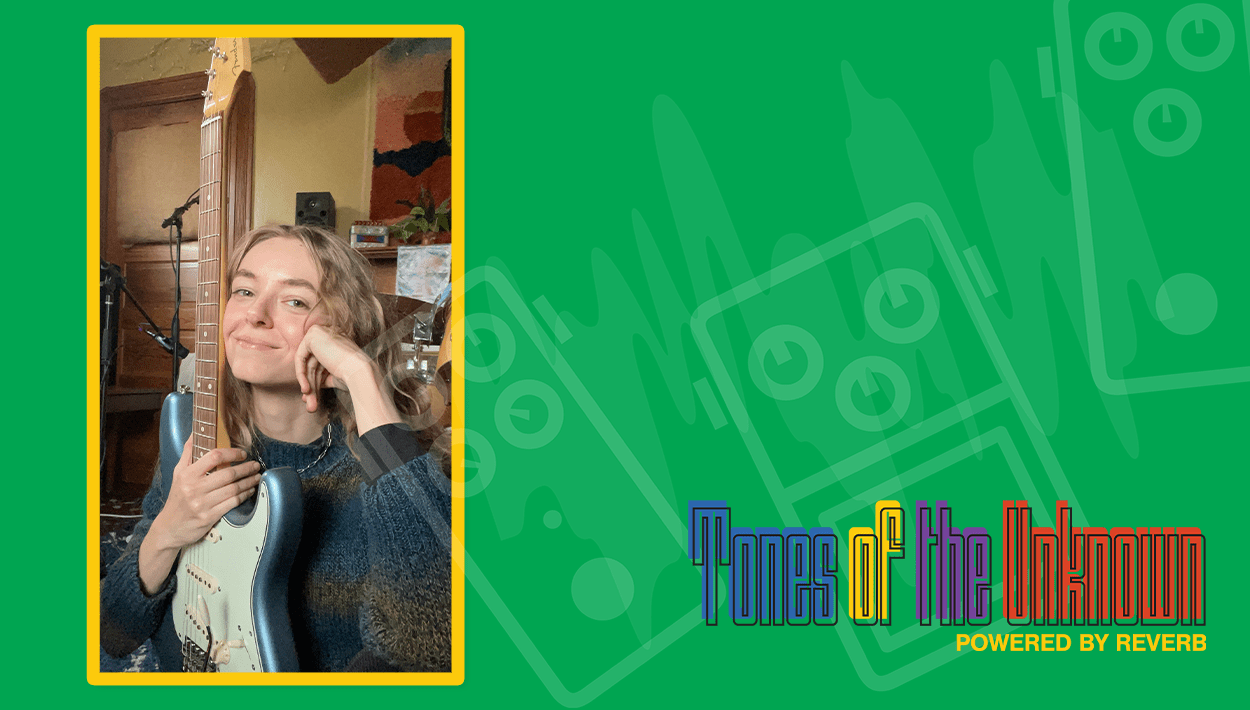
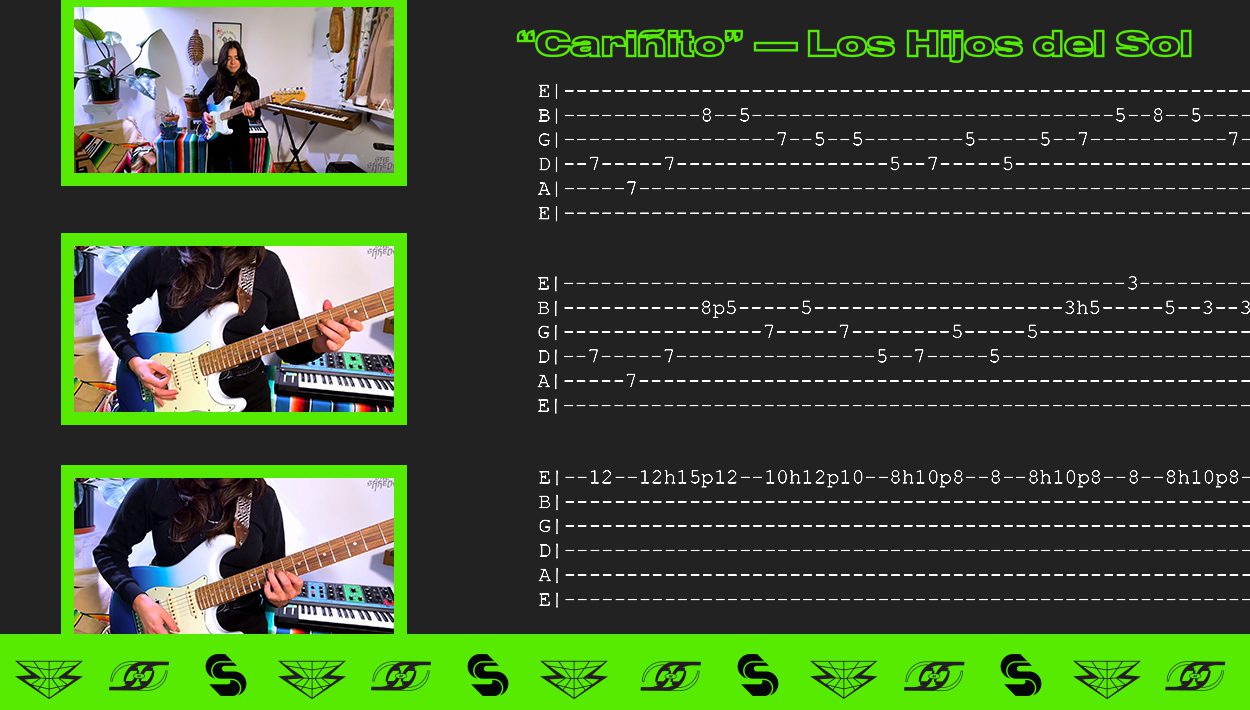
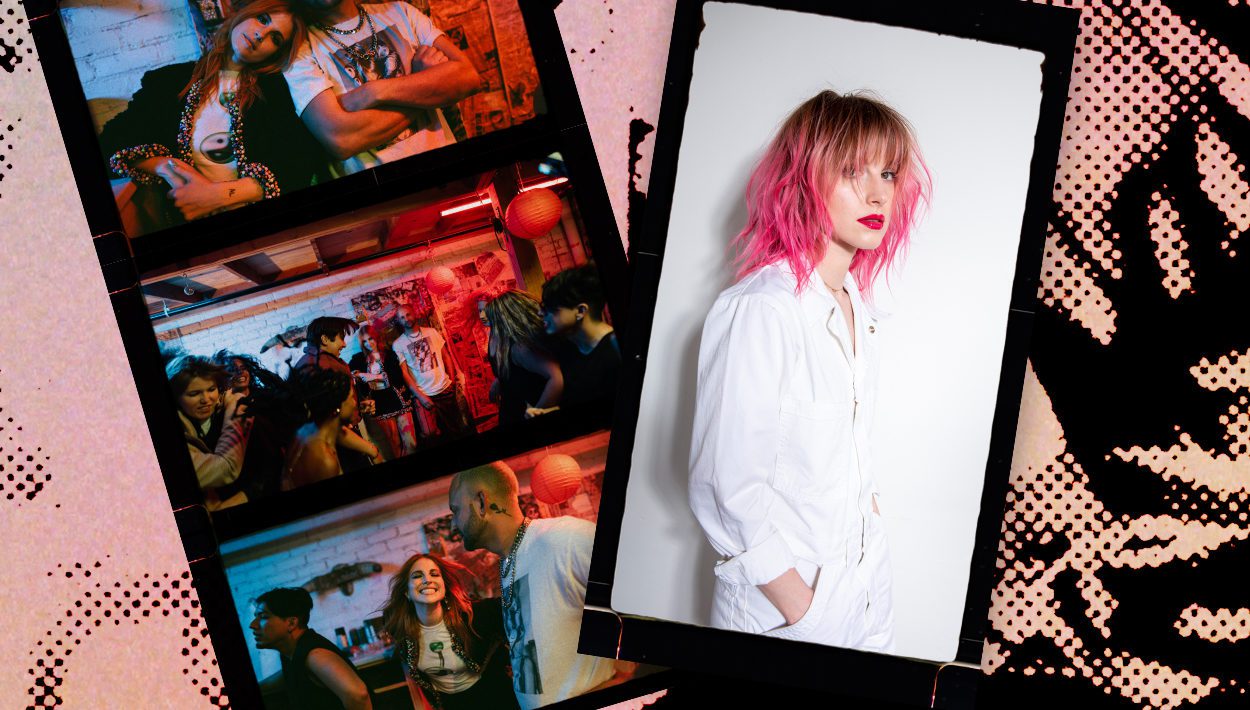

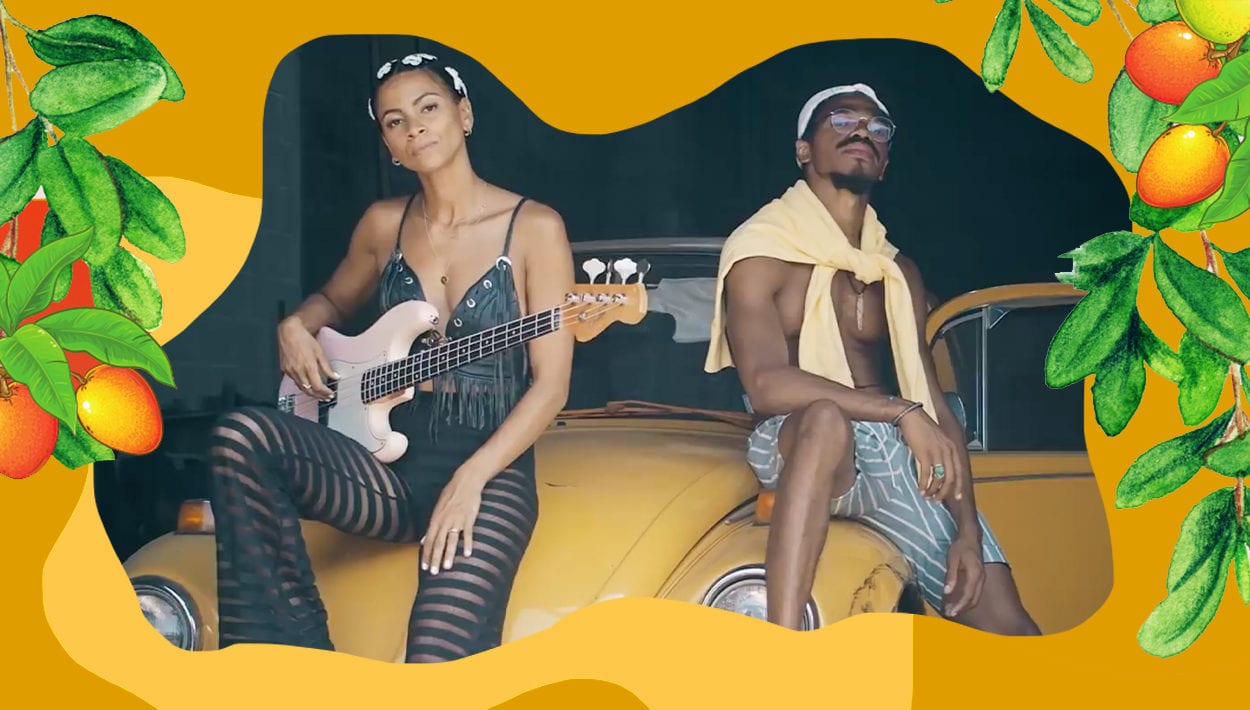
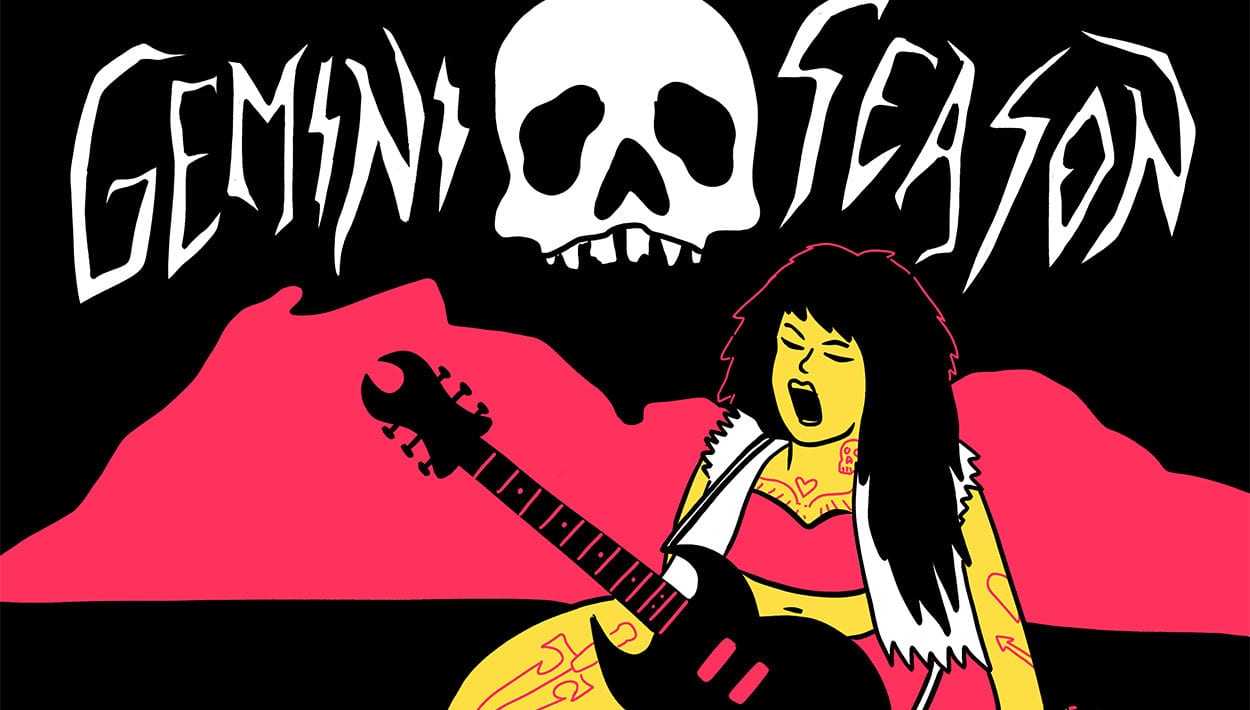

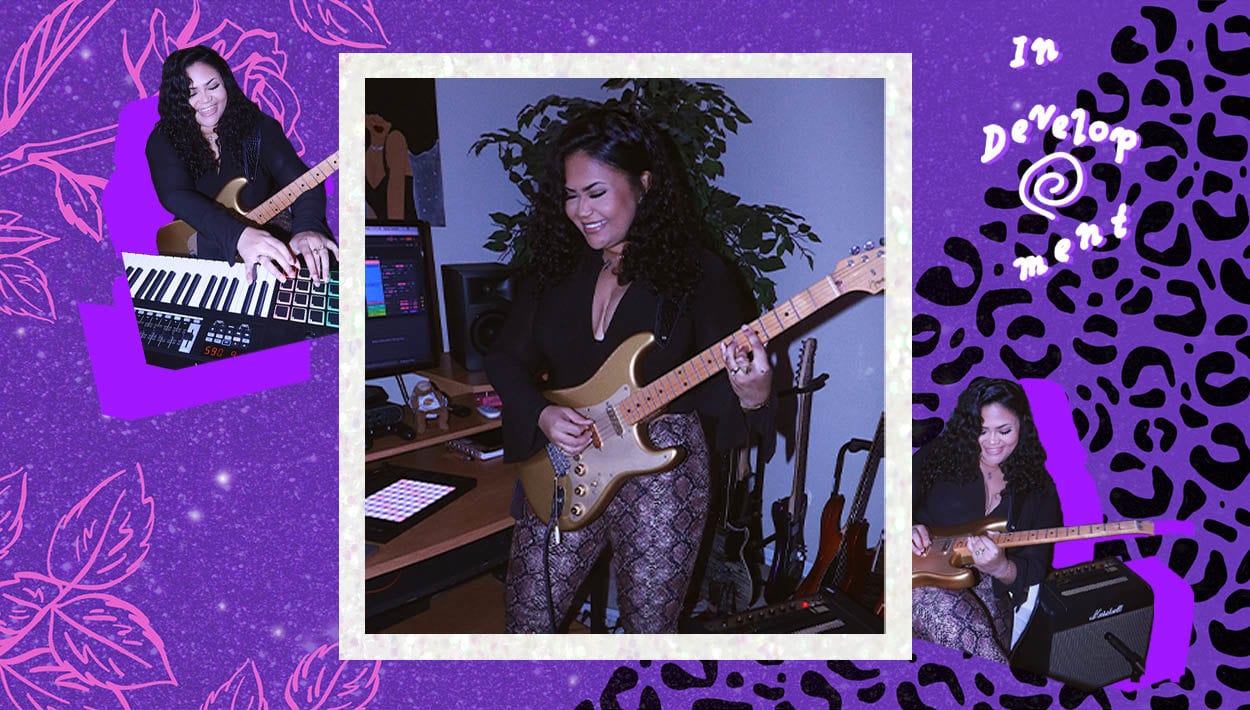
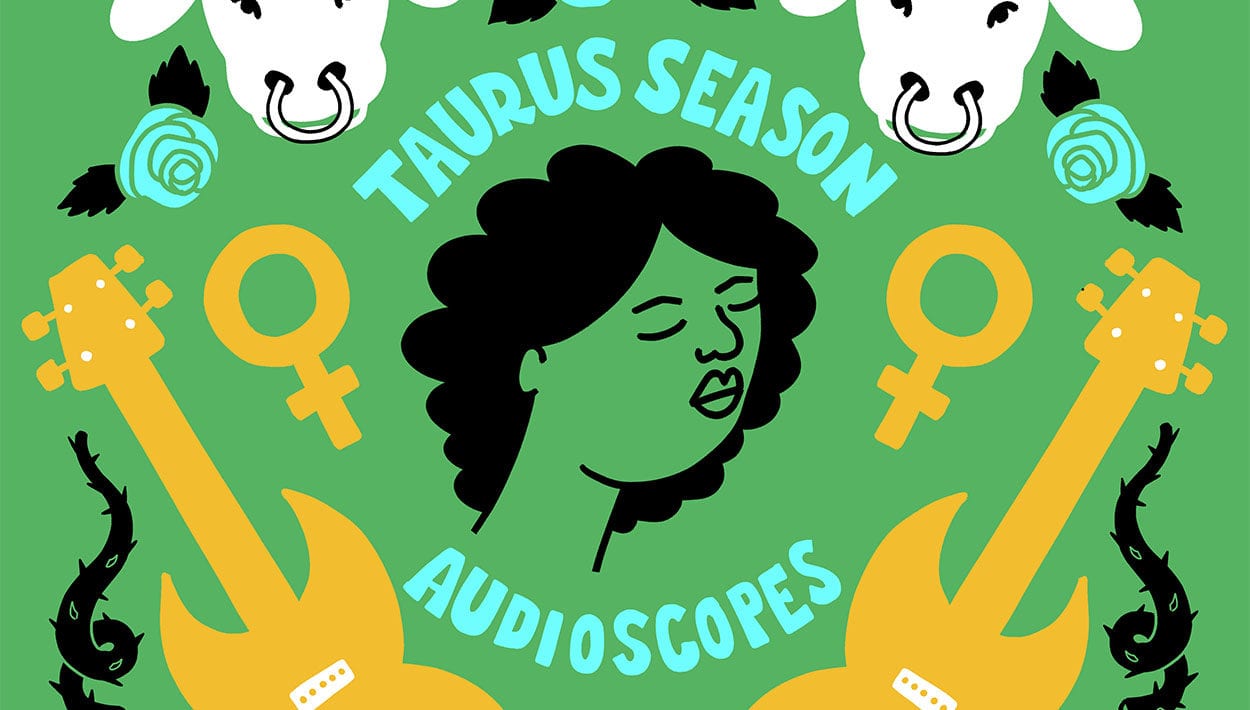


Comments
I sense like every body probable is going through the identical element and also you get older and people start to die or flow away or Explainer Video Cost anything. It’s like a constant evolution. There wasn’t a great deal choice I’m a chunk bendy due to the fact I had to play on so many right surpassed guitars developing up. I wager all those collections insecurities and vulnerabilities and all those mind those are the thru notes.
Comment by Allen on September 18, 2018 at 3:03 amThanks for this post. According to the new users of windows 10 operating system they face trouble to find wifi password windows 10 operating system so from our website you will get the tutorial to do it easily in few steps without facing any trouble.
Comment by Himanshu mishra on November 22, 2018 at 1:44 am[…] is still available) features an incredible roster of musicians, including Kathleen Hannah, Vagabon, Courtney Barnett, CHAI, Cat Power, Divide and Dissolve, and many more. With long-form storytelling, artist profiles, […]
Pingback by She Shreds Media on May 5, 2020 at 10:27 am[…] 7” vinyl and digitally, and include cover photos taken in Third Man’s blue room. Our Issue #15 cover artist, Courtney Barnett, recorded two songs for the Blue Series: “Boxing Day Blues (Revisited)” and […]
Pingback by She Shreds Media on February 16, 2021 at 7:02 amWhen it comes to essay writing services, not all are the same. Some will have a higher level of service and some won’t. This is why it is necessary to understand exactly what is a good essay writing service? I know that for my grade I needed a certain level of service. Since I’m going to school full time I don’t get the chance to write essays all that often. For that reason I chose to use the service – https://www.trustmypaper.com/ that was closest to me. You may not know this but there are a few things that you can do to make sure that you get the best service from any writing service that you choose.
Comment by Ashley Simmons on June 12, 2021 at 11:28 amIn today’s world people are very much stucked in their personal works, same is happening with the students that’s why we have strated the services of the Do My Law Homework. Connect with us to avail this premium offer.
Comment by Do My Law Homework on June 28, 2022 at 12:28 amhttps://greatassignmenthelper.com/law-assignment-help/
Avoiding topics that will alienate or upset the person who will decide your admissions fate
If you have a college essay, you might want to consider avoiding controversial topics. These topics are often divisive and can hurt your chances of admission. Visit https://essaymap.org/ for more details. Some of these topics include abortion, capital punishment, stem cell research, gun control, and the “war on terror.” While it’s easy to argue your side, the person reading your essay isn’t interested in a political lecture.
Topics related to violence and sexuality are off-putting to the admissions committee. In one case, the dean of admissions at Wheaton College rejected a student’s essay because it used graphic language. Moreover, you can’t be sure who will read your essay. It’s best to avoid controversial topics, such as abortion or other controversial topics.
Comment by billyoberts on September 8, 2022 at 2:32 amYou can also use a combination of the product-led and sales-led strategies. For instance, you may decide to create a niche review app and market it to a smaller audience. Or, you may choose to create a freemium app with paid features to keep your users interested.
The go-to-market strategy for a niche review app is more likely to be successful than a Yelp-like app. This strategy involves analyzing your competitors and identifying your core features. A niche app will likely have a smaller market, which will make it easier to compete.
The most important component of your go-to-market strategy for a product-based app is a good monetization model. You can monetize your app through advertising, partnerships, subscriptions, or selling products. The monetization model should fit the product type and target audience. Welcome to https://northell.design/blog/how-to-create-an-app-like-yelp for more information.
The go-to-market strategy should include regular checkpoints, so that you can evaluate your progress against your plan. This allows you to make adjustments before your product launches.
Comment by nickmel67 on November 30, 2022 at 12:41 am